OPEN ASSEMBLY
Experiments in Aesthetics and Politics







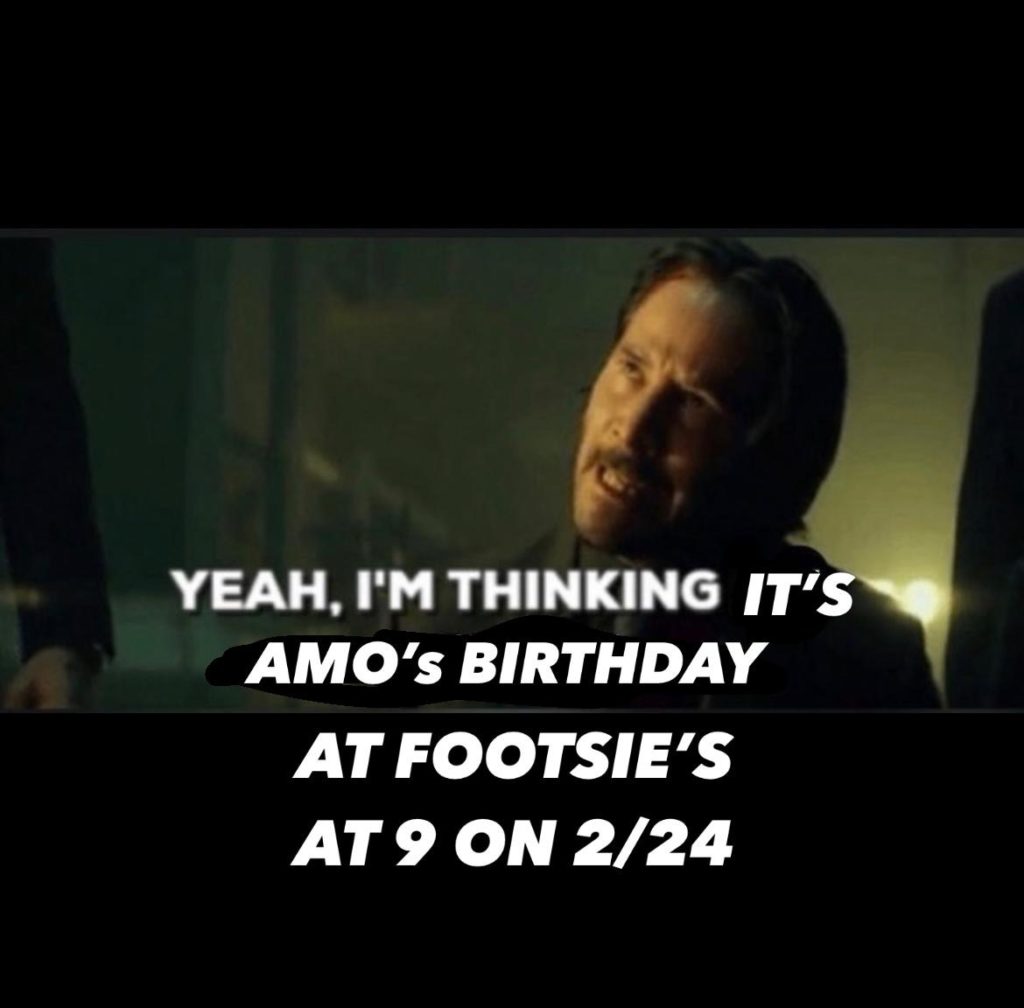







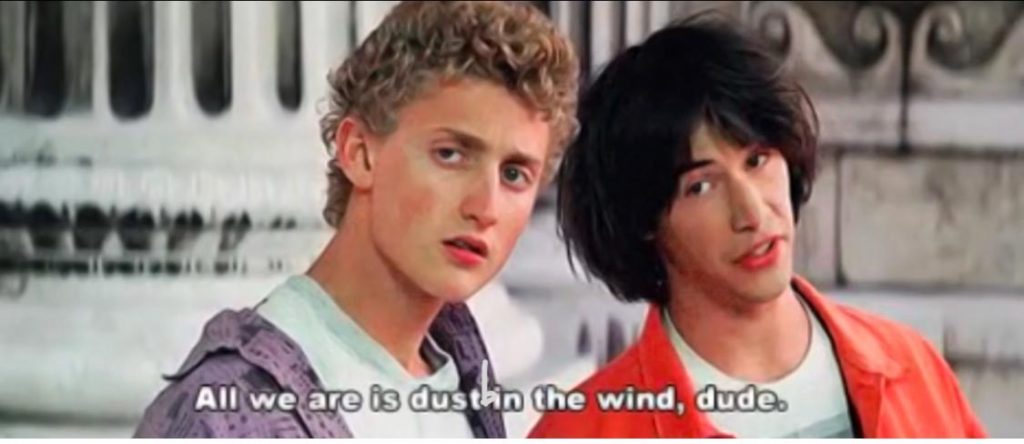




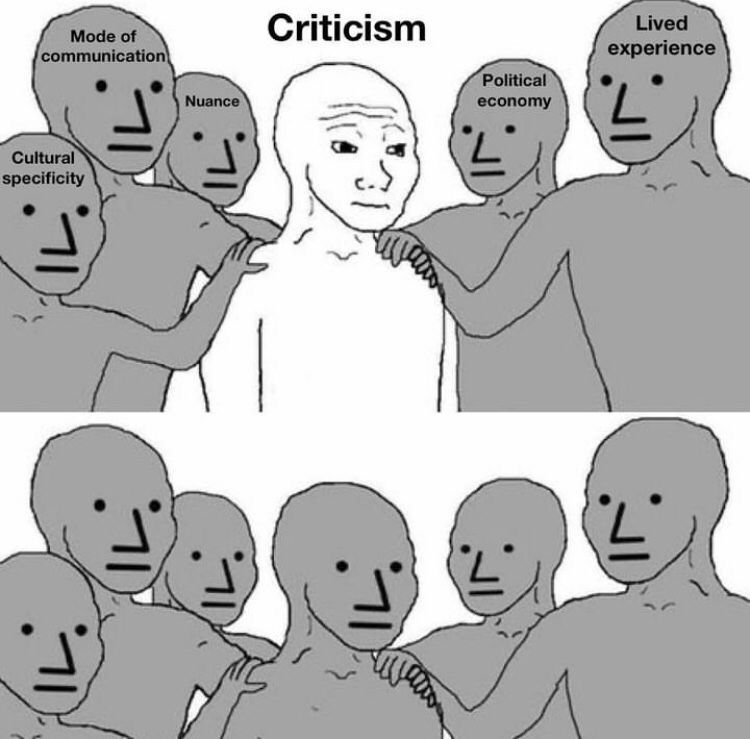
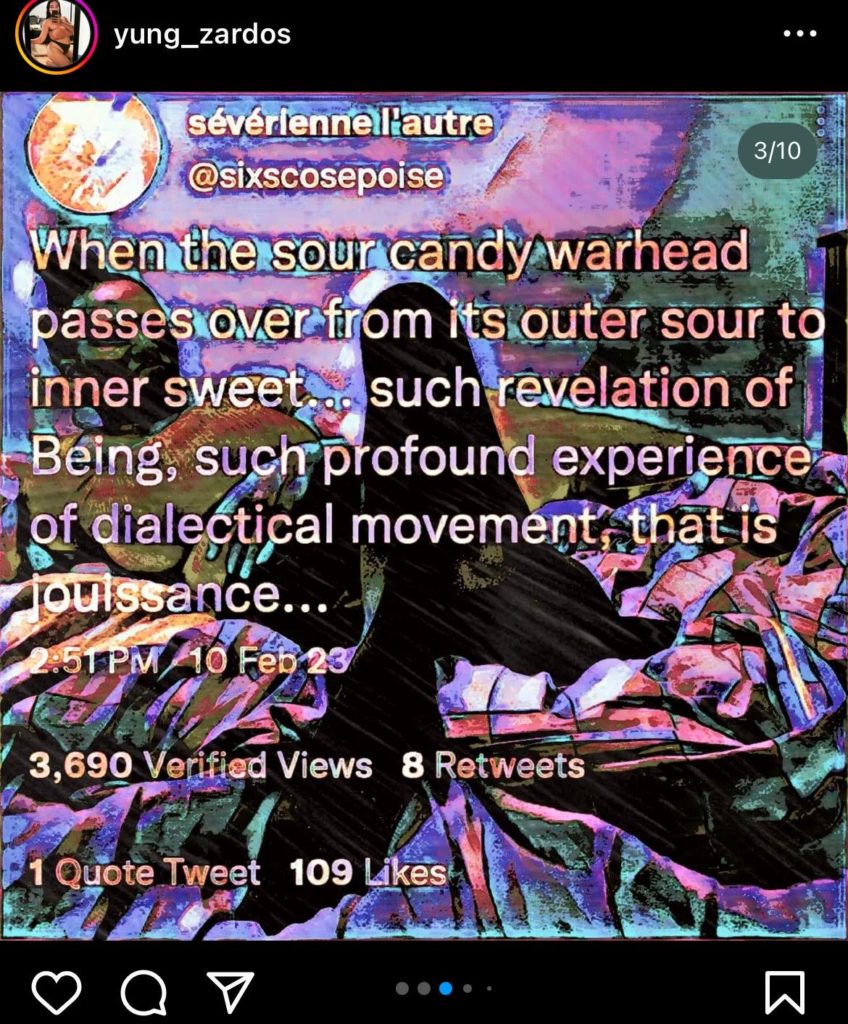
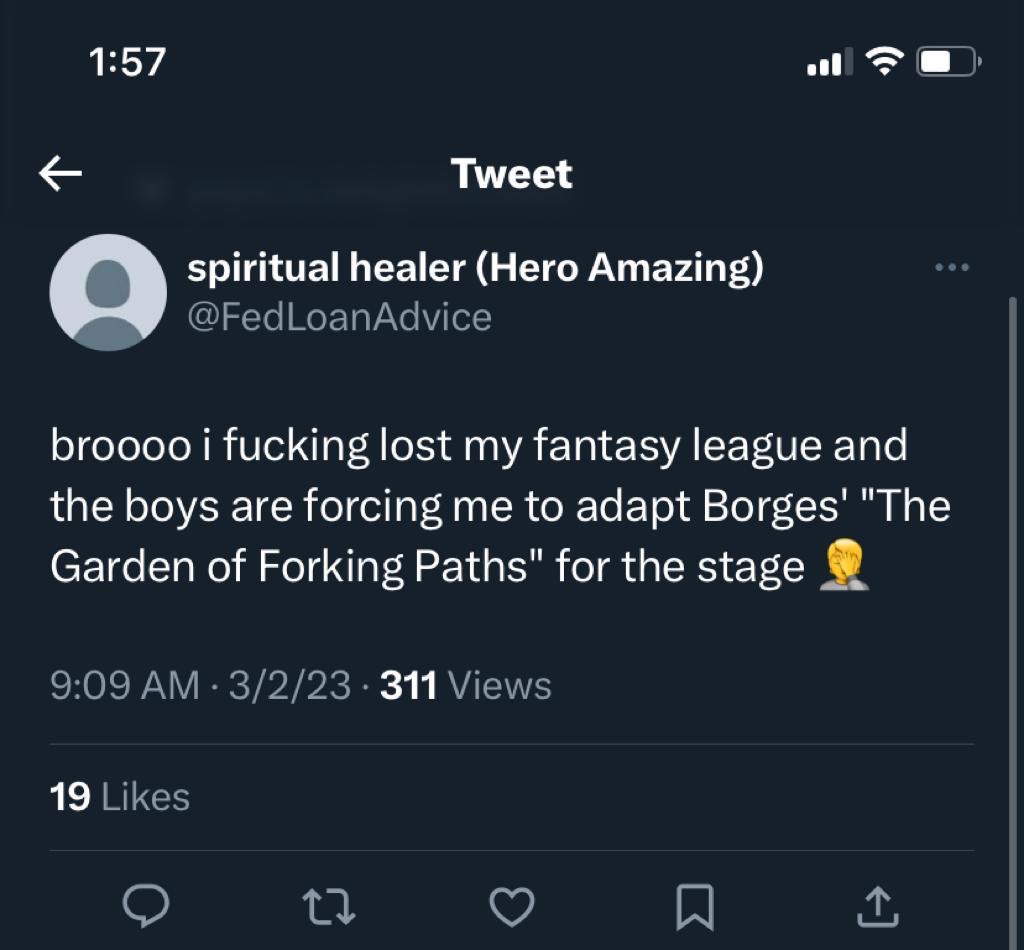

[ pending ]
[ pending ]
[ pending ]
[ pending ]
[ pending ]
[ pending ]
[ pending ]
[ pending ]
[ pending ]
[ pending ]
[ pending ]
On March 26th 2018, Jack Bratich, Associate Professor in the Journalism and Media Studies Department at Rutgers University delivered a public lecture at the West Hollywood Public Library as part of the WHAP series, curated by Andrew Culp on behalf of the Aesthetics & Politics department at the California Institute of the Arts with the support of the City of West Hollywood. The public lecture, was entitled, ‘The Aesthetics of Decline Necro-Populism Downsurgency, and Wars of Restoration’, and was based on an essay that Jack Bratich wrote in March of 2019.
”The Rise of the New Right”
Not only in the USA but at global level, we are witnessing ascending authoritarian political regimes as well as growing “tribes” with totalitarian desires enacted at the level of everyday life (Maffessolli 2007). Bratich’s contention, which draws on the work of Susan Buck-Morss in an essay on aesthetics and anesthetics, points to the reemergence of fascism, albeit in a renewed version. Indeed, today’s fascism does not require multitudes gathering in a public space to listen the Leader-King-Messiah. Today, digital spaces provide the arena for multitudes to gather, even anonymously—like in 4chan and Alt-Right, to redefine the meaning of “We, the People.” What once was the promise of living together as community based on bonding aesthetic feelings of solidarity and respect for each other, is once again in question.
In this post, firstly, I will summarize Bratich’s main argument. Then, I will focus on the gendered aspect of his argument, highlighting the fact that Fascist Necro-Politics is a male, patriarchal praxis. Thirdly, I will make reference to something lacking in Bratich’s point of view, the permanence of an older version of Fascism: coloniality. Finally, I will conclude by endorsing Bratich’s communitarian overcoming of fascism.
Bratich’s argument
In “Making, Faking, Abolishing: Necro-Populism, Downsurgency and Wars of Restoration,” Jack Bratich eloquently and bravely explores the congenital disease of fascism that develops when the figure of the state and/or higher powers (we could argue that in many cases the figure of state has no meaningful power) subjugates its citizens through the manipulation and reconfiguration of information through media. When Bratich talks about Fake news, Alternative Facts, and Post Truths, he is talking about tools used to massively “massage,” so to speak, people’s minds and shift the social future gradually on behalf of a fascist ideology embodied by a “enlightened group” (e.g., Bolsheviks, Nazis, Manifest Destiny and White Supremacy supporters), which considers itself as the “Chosen People” with its respective Messiah (e.g., Lenin/Stalin, Hitler, Trump).
Indeed, he studies Donald Trump’s presidency and the state organization behind it as a a “real reality show.” In this case, the show is staged in the USA (but has many subplots splashed through the world), with origins in earlier reality shows that boomed during the presidency of George W Bush. In my opinion, they have only intensified with online media. Returning to the Buck-Morss text that Bratich uses to make his argument, we can see a bit of the history of mental manipulation that this is not unique to the Twenty-first Century: for example, she discusses the phantasmagoria of Richard Wagner’s 1849 ideas on the Gesamtkunstwerk (Total Work of Art), an art form that was envisioned to have neither beginning nor end and by doing so, has the ability to penetrate minds without permission. This is how he imagined the musical tools that he used, such as one that was to create euphoria through a lack of closure of cadences, and meant to perform the idea of a never-ending art. A second tool was Wagner’s use of Leitmotifs, musical ideas associated with specific events in his operas. Together, he thought these aesthetic resources could be used to universally train humans to have specific responses to certain events/sounds. Wagner used music thus served to announce fascism (Nazi regime), in which he sought to give it its main feature: “[A] minority [that] acts as the guardians of a patriarchy and white supremacy in decline” (p. 6, my emphasis). Almost a century later, even as the aesthetic techniques have evolved, Bratich adeptly identifies how this core feature remains.
Gendered Fascist Necro-Populism
In a written draft of the talk Bratich circulated, he refers several times the gendered aspect of fascism and its necro-populist drive. For instance, referring to necro-populism, he says that:
Commentators note that 4chan is a community that jokes about its self-destructive drives while encouraging others to kill themselves. We need not look at online cultures to see this self/other murderous aspect. To wit: the increase in “domesticity terrorists”—those men who undertake patriarchal revenge and control killings. These networked “lone wolves” attack individuals (partners, exes, strangers), birth control centers, yoga classes, college campuses and other spaces where women converge. […]. Mass shooters (almost always men) don’t have the decency to just off themselves […]. (p. 4)
This quote suggest that fascism and necro-politics re-emerges as a men’s political (ethical, and aesthetic) project. How to explain it? Fascism seems to be supported by a male subjectivity that has a sort of Narcissistic Wound that consequently propels a heroic ethics of a specific urge: warrior maleness. Bratich further expounds that Donald Trump:
and the rightists moan and groan about Sharia Law and Muslim honor killings. Meanwhile, domestic honor killings abound (murdering women as revenge for dishonoring the man’s own ego/reputation). These, along with honor suicides-by-cop are routines of everyday misogyny (monotheistic and secular).” (p. 4, my emphasis)
With such violent practice in mind, it is helpful to be more precise about which maleness is at stake. Indeed, to answer this interrogation, Bratich intersects gender, race, and religion (culture) and expresses that:
Our conventional political terminology needs to capture this process better. This “populism” is lacking a bios, much less a demos. This minority acts as the guardians of a patriarchy and white supremacy in decline. […] [It is] a populism that, under the banner of specific types of people (white, masculinized, Christian), seeks to extinguish the life that allows for any people to persist. (p. 6, my emphasis)
Along Twentieth Century, we have witnessed the rise of women’s movements first, and the concomitant struggles for gender equality/equity, aimed to bring patriarchy down. Not only in the USA but around the world, there seems to be a masculine “retaliation,” so to speak, a will to downsurgency against women’s insurgency in quest of their rights. Through political praxis, academic production and aesthetic creativity, women’s movements are eroding gendered based power relations. This means, however, the rise of macho-fascist upheaval that goes from the revival of religious fundamentalisms—Abrahamic religions after all are the frame for the development of patriarchy—to severe attacks to women, including feminicides. Once we intersect, nonetheless, gender with cultural, racial, environmental considerations, among others, suddenly surface the fact that it is not only patriarchy but also another form of fascism—coloniality—that is being undermined. We may conjecture that current struggles against patriarchy and coloniality go hand by hand, and it seems that it would be worthwhile to discuss if gender—maleness—is the connecting thread to think and act about fascism.
Coloniality: older version of fascism
Although fascism ideology could be traced to Nineteenth Century, which Buck-Morss does, I would argue that coloniality is a crucial “ancestor” of fascism. My case is supported by how colonialism controls aesthetics, revealing how the mechanisms used today were already conceived during the historical period of the Sixteen Century in what is now called Latin America. This begins by first considering that the beginning of European modernity was simultaneous to the colonization of America first, and Asia and Africa later – not only simultaneously but interdependently. This process is what decolonial authors label the “modernity/coloniality matrix” (Quijano 2010, 2000; Mignolo 2010; Escobar 2010). Such a shift in perspective recenters analysis on how the conquering of America was the very first moment of what we now label as “globalization” (Quijano 2000). Therefore, many of the contemporary ideas about the politics of media culture and its global spread requires first analyzing its coloniality.
One way to begin rethinking the coloniality of power is to begin with how the imperial European powers invaded other’s lands and stablished a political economy based on the ideology of race (Quijano 2000). In that way, the renewed White Supremacy then serves as an extension of coloniality under a new set of global conditions. Moreover, even seemingly modern structures of power such as the class system and capitalism did not disappear with the formal end of slavery and serfdom, but have continued under new legal, political, and aesthetic categories.
The process of decolonization therefore takes on a different characteristic when not confined to narrow historical moments of legal independence. For even when the colonized countries won political emancipation from their colonizers, they were not yet emancipated from what Quijano (2000) labels the “coloniality of power,” which is to say, all of the colonial political technologies that naturalized social hierarchies, the inferiority of indigenous knowledges, and the euro-modernist cultural systems (such as capitalist competition, positivist rationality, and western sexuality). Decolonization therefore means delinking from the afterlives of coloniality after independence.
What Bratich so clearly brings into focus is the history necro-populisms in colonial and post-colonial landscapes. Perhaps most important to the fight against coloniality is the haunting frequency in which calls for killing each other remain in postcolonial Latin America.
Moreover, Bratich’s discussion of the gendered dimensions of power reinforces other aspects of coloniality. Not only was colonialism defined in racial terms, it was also a masculine enterprise, with a heroic, quixotic drive that blended the lust for gold with the lust to destruction. This destruction seen in the thirst for destroying cultures and their belief systems for the sake of One and only One truth: Christian Evangelization first, rational Enlightening later. In summary, colonialism has all the features of fascism as detailed by Bratich and Buck-Morss.
Endorsing Bratich’s Rallying Cry
While reading Bratich’s text, I was initially anxious. I worried that he would feel unable to offer an antidote to the self-poisonous machinery of fascism. Happily, he placated my anxiety by mentioning anarchism, one which he says does not have the urge to perpetuate discord or perpetrate power relationships. Instead, he referenced the power of the destitute to create harmony – itself a concept coming out of Latin America by way of the Argentinian group Colectivo Situaciones (Nowotny, 2007). In this regard, I join him in his call to:
return to reality not as spectator-participants whose position only allows for reaffirming authoritative venues for truth-making, but as ontological agents—creating worlds, shaping relations, making forms-of-life. In this reality, against fascist lines of abolition and deconstructive states we revive a destituent and compositional power that anarchism knows so well. (p. 8)
Indeed, that destituent power was exercised by Argentinian people to destitute their government during early 2000’s. Such power had some anarcho-libertarian features, particularly regarding the satisfaction of basic needs; however, such political actions were eager also to restore the traditional welfare state prompted by the fascist-like regime of Peronism.
However, Bratich takes destituent power (considering its anarchist branch) to defend the non-constituent character of people’s upheavals. He further adds the suggestion of “No platforming” as “a method of refusing the downsurgency, it forms a popular security against their vortex,” and moreover, “In addition to this preventive decomposition,” “antifascist insurgencies also invent forms-of-life—imagining and implementing ways of being that counter the necrotic fantasies.” (p.8) It is pertinent to mention here that Bratich’s programmatic call converge with Bolivian Communitarian Feminists’ attempts to build an alternative to current extractive-capitalist regime (Galindo 2013). Similarly, we may consider Kara Keeling’s coterminous “errant feminist” call:
Rather than seeking to assimilate others into the terms through which it already has carved out its terrain, an errant feminism allows for the opacity of that which it touches in the world and strives to join with or meld with it, co-creating concepts (or re-invigorating existing ones) in order to address the new circumstance arising from the contact with other expansive movements. (2014: n.d.)
As we can notice, Bratich’s, Galindo’s, and Keeling’s calls are based on communitarian/collective action. Although the consequences of power always end up embodied in persons, it is important to acknowledge that to counter such power it is necessary to build once again the feeling, the aesthetic feeling, of “We, the people,” as the only sovereign with the right to wield power. This entails that the struggle against fascism—which is also struggle against patriarchy, colonialism—has to be carried out in collective terms, collective action:
Community defense, collective security, communal forms-of-life: all that is life-affirming can produce war against the death-machines that would lay waste to reality as their final act of sovereign shaping. Creating different kinds of abolition machines means thwarting their authoritarian versions of reality molding. A war that keeps continuous hostility while redrawing lines between us/them. (p. 8)
Although the author highlights the socio-political character of any anti-fascist struggle, it is also important to consider the subjective aspect of fascism. Indeed, to prevail, fascism has to create an endemic “Stockholm syndrome” in which individuals embody a perverse self-destructive habitus that underwrites the structural basis of totalitarian projects.
In aesthetic terms, we should then think of art as a means of resistance that must function collectively. As those struggling to delink from the coloniality of power have identified, art is an essential part of healing the already established psychic enslavement of submission. As we know from the comparison to fascism, in which Benjamin famously argued, “The logical result of Fascism is the introduction of aesthetics into political life.” (1969, quoted in Buck Morss 1993: 1). Then decoloniality too needs to transform aesthetics, redeem it, just as “it would describe the field in which the antidote to fascism is deployed as a political response.” (Benjamin 1969, quoted in Buck Morss 1993: 2)
Reaching above and beyond the focus of this essay, there is also the need to use the criticism against fascism to asses other political projects which are not labelled as fascists but which also share the totalitarian-authoritarian drive of fascism. One is patriarchy and the other is coloniality, but also the erosion of environment, discrimination against disabled persons, and many more.
Works cited
Benjamin, Walter. Illuminations. Essays and Reflections. Hanna Arendt (ed.). London: Vintage Books, 1969.
Bratich, Jack. “Making, Faking, Abolishing: Necro-Populism, Downsurgency, and Wars of restoration.” Unpublished [2019].
Buck-Morss, Susan. “Aesthetics and Anaesthetics. Walter Benjamin’s Artwork Essay Reconsidered.” October, Vol. 62. (Autumn, 1992), pp. 3-41.
Escobar, Arturo. “Worlds and Knowledges Other. The Latin Amercian modernity /coloniality research program.” In Mignolo, Walter and Arturo Escobar (eds.). Globalization and the Decolonial Option. London and New York: Routledge, 2010, pp. 33-64.
Galindo, María. Descolonización y despatriarcalización de y desde los feminismos de Abya Yala. La Paz: ACSUR, 2013.
Grosfoguel, Ramón. “The Epistemic Decolonial Turn: Beyond Political Economy Paradigms.” In Mignolo, Walter and Arturo Escobar (eds.). Globalization and the Decolonial Option. London and New York: Routledge, 2010, pp. 65-77.
Keeling, Kara. ELECTRIC FEEL. Transduction, errantry and the refrain. Cultural Studies 28:1, 2014, pp. 49-83.
Maffesoli, Michel. En el crisol de las apariencias: para una ética de la estética. Mexico: Siglo XXI Editores, 2007.
Mignolo, Walter. “Introduction: Coloniality of Power and De-colonial Thinking.” In Mignolo, Walter and Arturo Escobar (eds.). Globalization and the Decolonial Option. London and New York: Routledge, 2010, pp.1-21.
Nowotny, Stefan. “El Doble Sentido de la Destitución,” trans. Gala Pin Ferrando y Glòria Mèlich Bolet, revisada por Joaquín Barriendos. eipcp: instituto europeo para políticas culturales progresivas (2007): http://eipcp.net/transversal/0507/nowotny/es.
Quijano, Aníbal. “Colonialidad del poder, eurocentrismo y América Latina.” In Lander, Ernesto (Ed.). La colonialidad del saber: eurocentrismo y ciencias sociales. Perspectivas latinoamericanas. Buenos Aires: CLACSO, 2000, 201-46.
Quijano, Anibal. “Coloniality and Modernity / Rationality.” In Mignolo, Walter and Arturo Escobar (eds.). Globalization and the Decolonial Option. London and New York: Routledge, 2010, pp. 22-32.